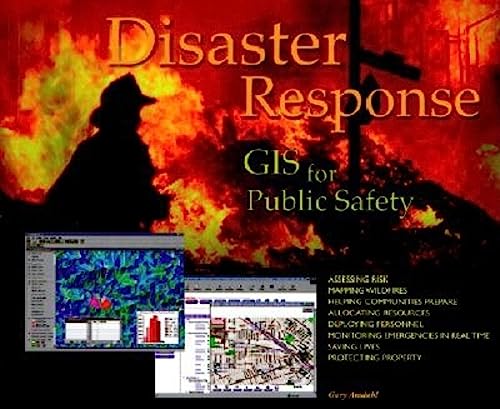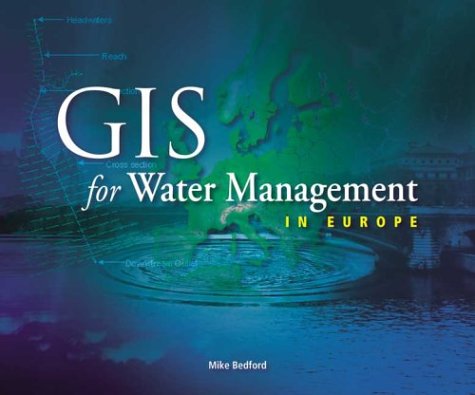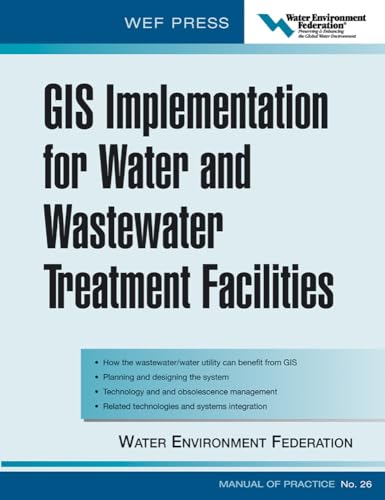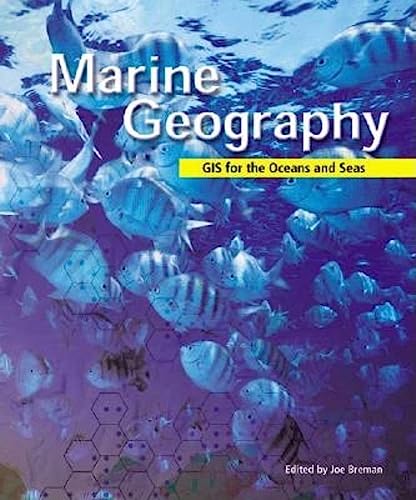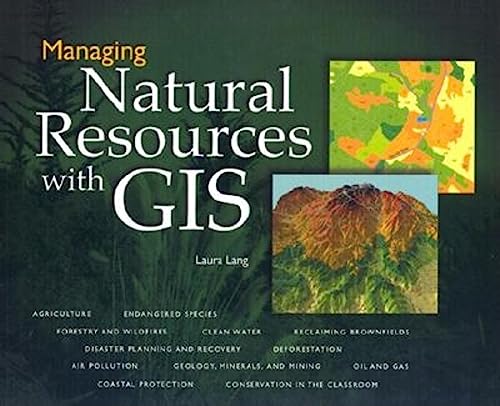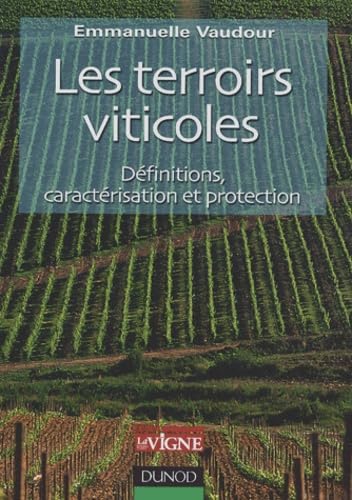As global population continues to grow, mankind must learn to balance consumption and conservation of the planet's scarece commodoties. Geographic information system (GIS) technology brings a new perspective to the challenges faced by natural resource managers. How can agricultural yields be improved without depleting the soil? Where should timber be cut to best protect endangered species? How can landscapes be restored after the extraction of oil or minerals? What can be done to keep land development from choking rivers and coastlines with silt?
This book presents a dozen case studies of real organizations using GIS to address these and other pressing issues of natural resource management. Case studies include: Oregon Department of Forestry, City of New York, World Resources Institute, US Environmental Protection Agency, Chevron Corporation Seaside High School, Delaware Coastal Management Program, US Borax, Portand Metro, USDA Forest Service, New Jersey Dept. of ...
Lire la suite

